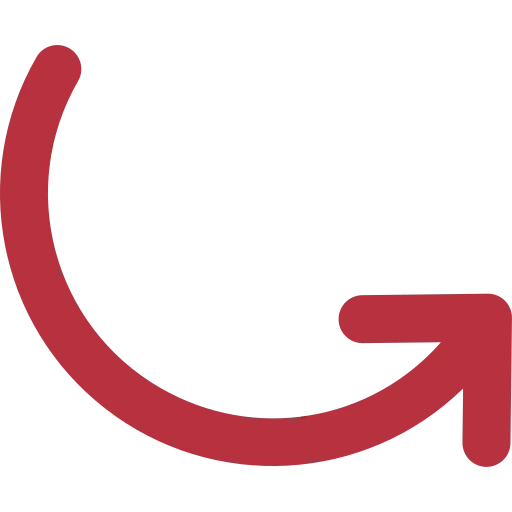
Before the actual certification process begins, we create an offer for the entire certification cycle of 3 years.
In order to create this offer, we need various information, which we query using appropriate questionnaires.

The selection of the certifier should be done from various perspectives, whereby the economic aspect should be important, but not the sole deciding factor.
Because not all certifiers are the same. There are serious differences in the quality of the service implementation as well as in the informative value of the certificate.
Only accredited certifiers undergo regular inspections by an accreditation body (e.g. the DAkkS - German Accreditation Body) and can therefore guarantee a correct and recognized audit of the management system.
Once the order has been placed, we work with the customer to create the schedule for the further audit process and select the appropriate ones Auditors, because they must match the requirements in terms of industry experience and standards competence.
The actual certification process consists of two steps, the level 1 audit and the level 2 audit.
We create the schedule together with the customer and only appropriate auditors.

In this audit, a comprehensive on-site document check is carried out, determining the degree of compliance with the requirements required by the standard. This determines the company's readiness for the Level 2 certification audit.

In this audit, the final determination of the conformity of the management system in its formal and operational implementation is carried out.

The findings are then discussed with the customer in a final meeting and an audit report is created to document the results.

Based on the audit report, our certification center manager decides whether to issue the certificate.
If a certificate is issued, it is valid for 3 years.

Two surveillance audits must take place within these 3 years.
These are smaller in scope than the certification audit, as the entire content of the standard must be checked over the 3 years and not in fully in every audit.
The first surveillance audit must take place no later than 12 months after certification. The second surveillance audit will take place after another 12 months. Recertification must take place three years after the initial certification and the certificate can be renewed if there are no serious deviations.

The result of this cycle is the ongoing continuous improvement and development of the management system.